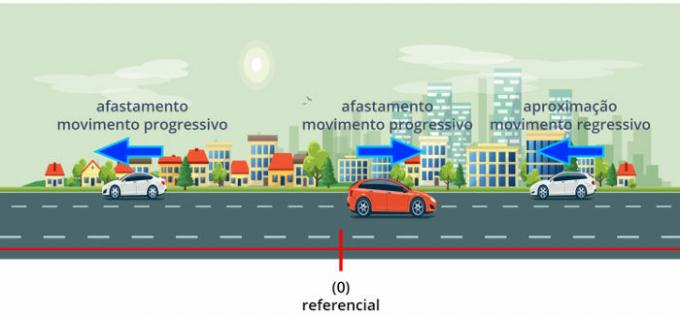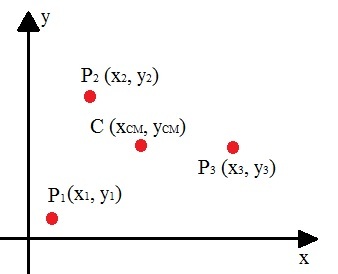question 1
(Enem) Some security systems include motion detectors. In these sensors, there is a substance that polarizes in the presence of electromagnetic radiation from certain frequency region, generating a voltage that can be amplified and used for the purpose of control. When a person approaches the system, the radiation emitted by their body is detected by this type of sensor.
WENDLING, M. Sensors. Available at: www2.feg.unesp.br. Accessed on: 7 May 2014 (adapted).
The radiation captured by this detector is in the frequency region
a) of visible light.
b) from the ultraviolet.
c) infrared.
d) from the microwave.
e) of long radio waves.
question 2
(Enem) When you consider the extreme speed with which light spreads to all sides and that, when they come from different places, even totally opposite, the luminous rays pass through each other without getting in the way, it is understood that when we see a luminous object, this could not occur by the transport of a matter that comes from the object to us, like an arrow or bullet that passes through the air, as this certainly repels these two properties of light, especially the last.
HUYGENS, C. in: MARTINS, R. THE. Treatise on light, by Cristian Huygens. History and Philosophy of Science Notebook, supl. 4, 1986.
The text disputes what conception about the behavior of light?
a) The understanding that light needs a means of propagation, spread by the defenders of the existence of the ether.
b) The wave model for light, which considers the possibility of interference between light beams.
c) The corpuscular model defended by Newton, which describes light as a beam of particles.
d) The belief in the infinite speed of light, defended by most Greek philosophers.
e) The idea defended by the Greeks that light was produced by the eyes.
More questionsWatch our class on philosopher, logician and mathematician Bertrand Russell, one of the top names in analytic philosophy, very important theoretical current of philosophy at the turn of the nineteenth century to the century XX.
In this class, we will learn how to calculate the volume of the frustum of cone using the classic formula for the volume of cone and using the specific formula for the frustum of cone.



